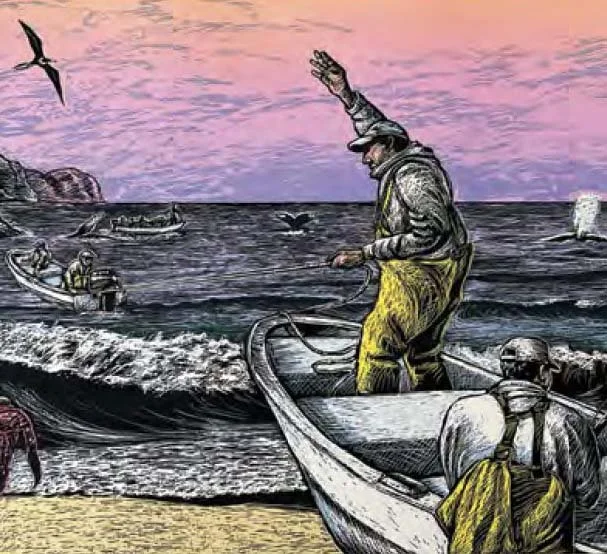Lithography was developed in Germany by playwright Alois Senefelder (1771-1834) using limestone as the vehicle to transfer an image onto paper. It was initially used as a commercial printing process, especially for the duplication of scripts and illustrations in books.
Read MoreMany of the most famous images in art are, in fact, prints. Take for example, one of Durer's most famous works "Apocalypse" which is a woodcut and, therefore, a multiple original. There are three "generalities" of printmaking: intaglio methods, relief methods and planographic methods.
The following information will help to clarify some of the terminology that is associated with print collecting, which may be somewhat intimidating.
The Mezzotint process was invented by Ludwig Von Seigen in Amsterdam in 1642. It is a laborious and time-consuming technique for creating a print, and primarily for this reason is not widely used today. While the process seemed in danger of disappearing at times, it has enjoyed a resurgence of interest by artists and collectors during the past decade.
Read MoreArt Hazelwood is an artist with three hats: artist, impresario and instigator. The process of curating art historical shows, organizing artists’ estates, and intense involvement in community and political activism all fit comfortably with the creation of his own artwork.
Read MoreWhile exhibitions featuring Chicano art have been staged in museums throughout the United States in recent years, it is an art movement that arose outside the normal art establishment. Chicano art developed hand in hand with protest groups such as the United Farm Workers in California and La Raza political party in Crystal City, Texas.
Read More


